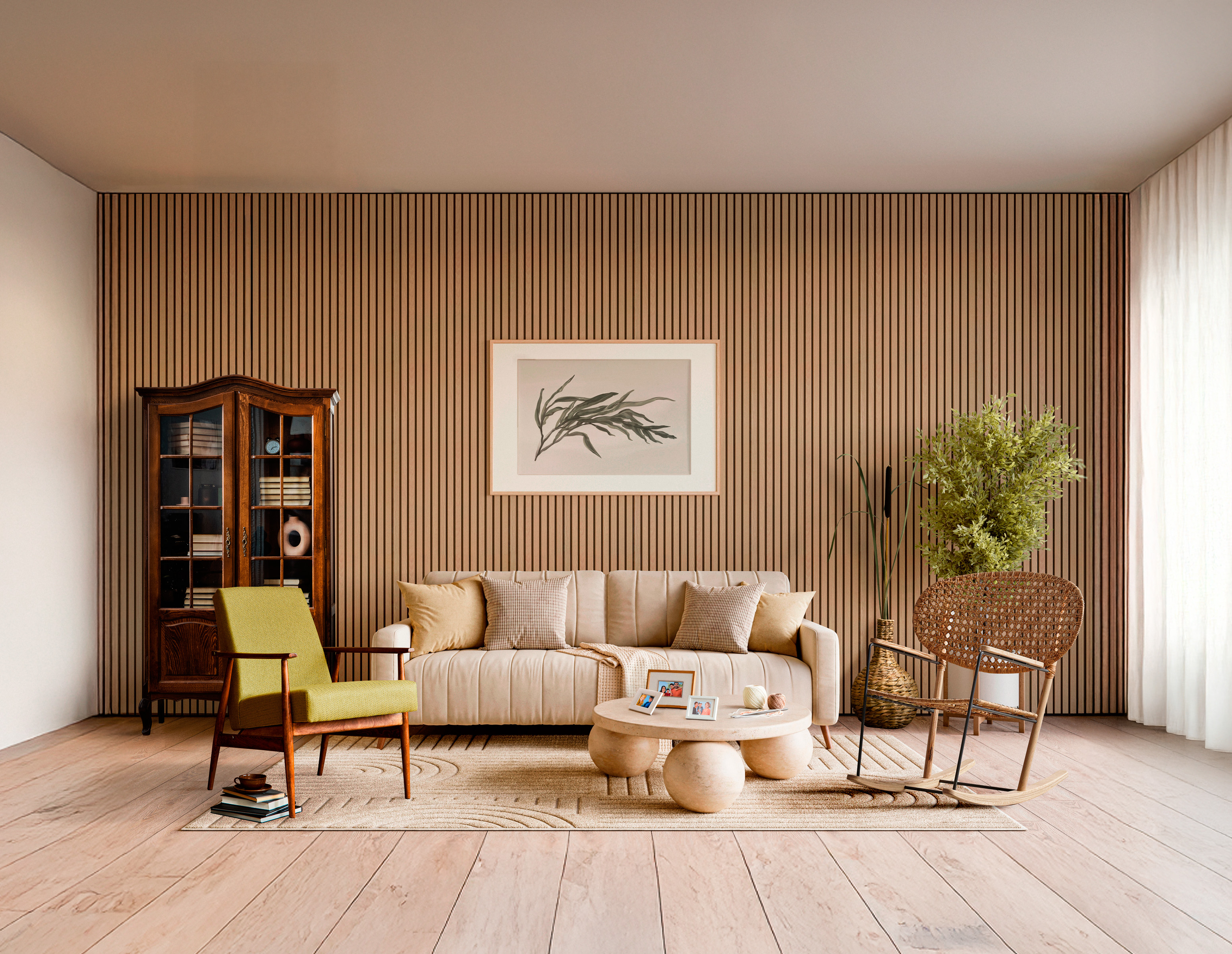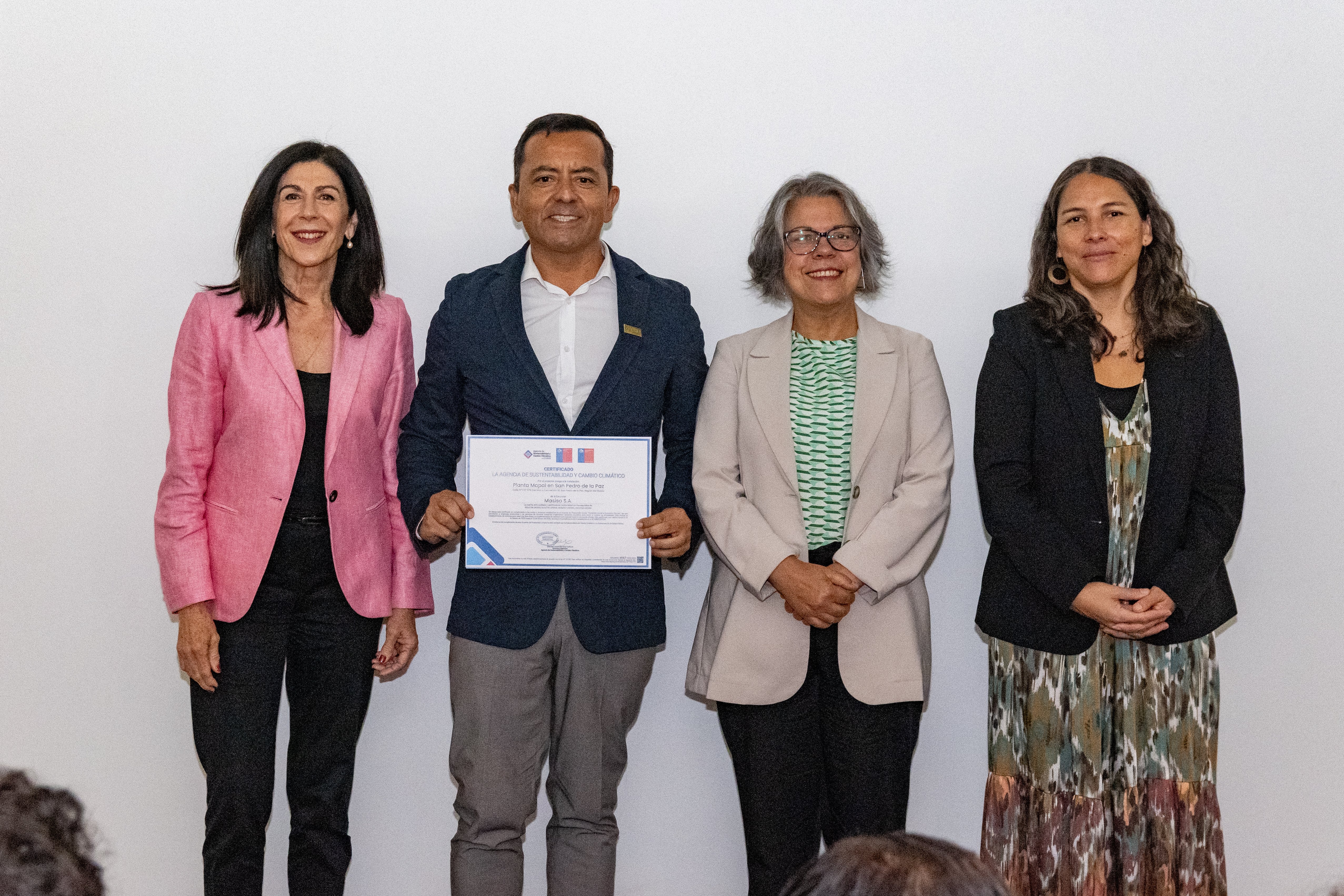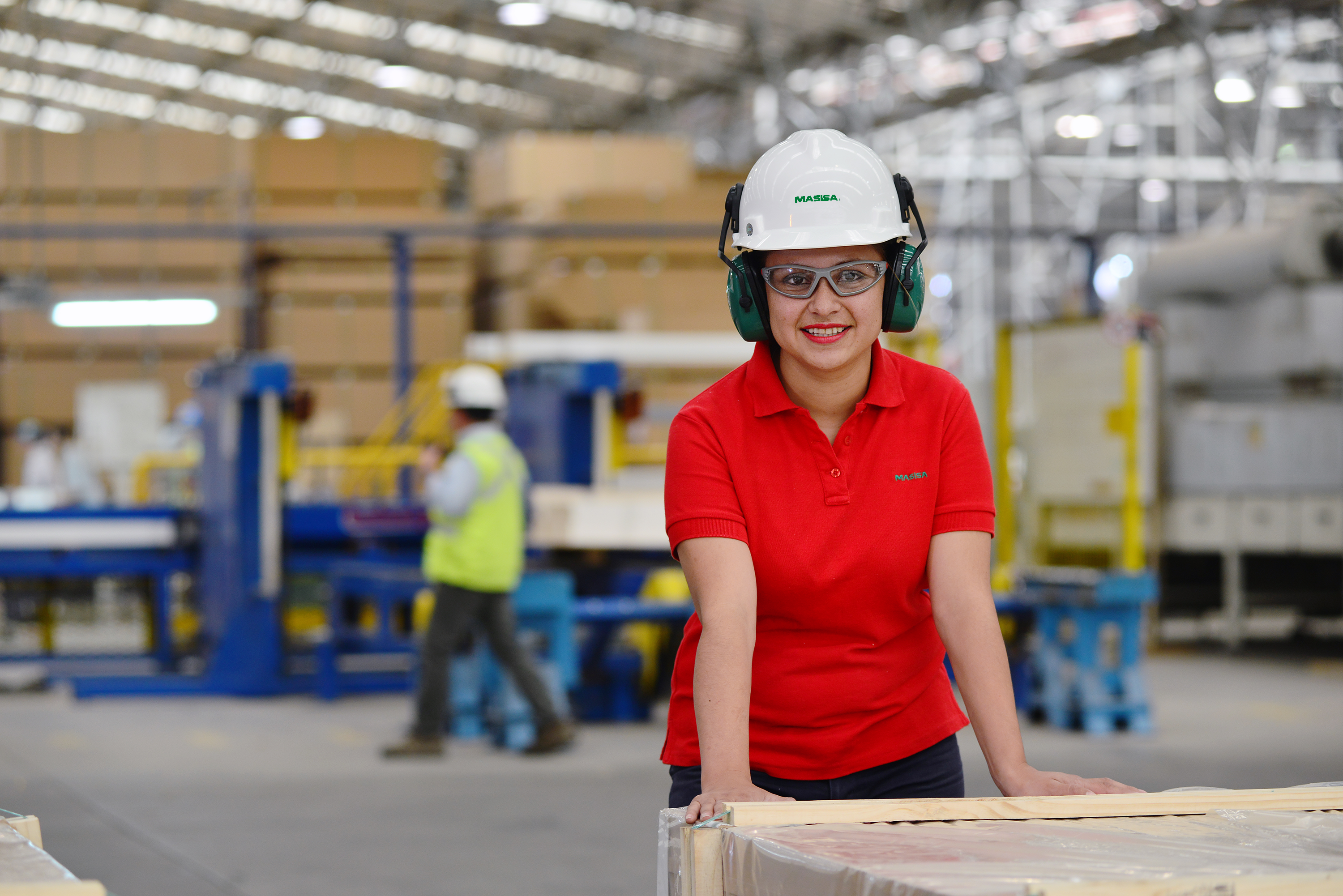With the aging population on the rise, industry experts present new proposals to adapt homes to the needs of the elderly, ensuring safer, more accessible and comfortable spaces.
The aging of the population is a global phenomenon, and Chile is no exception. According to the latest report from the National Institute of Statistics (INE), it is expected that by 2050, 32% of the Chilean population will be 60 years of age or older. This demographic change generates a growing concern for the quality of life of older adults, especially in terms of accessibility, safety and comfort within the home. In response to this need, several companies in the interior design sector have begun to promote innovative solutions focused on this segment of the population.
In a study conducted by the Gerópolis Foundation and the Ministry of Social Development and Family, it was revealed that more than 60% of older adults in Chile have experienced a fall at some point in their home, a significant risk that is aggravated by poorly adapted spaces.
To respond to this challenge, proposals have been designed that go beyond aesthetics, focusing on functionality and safety. "Interior design for older adults is not only about creating aesthetic spaces, but also about ensuring that those spaces are safe, comfortable and easy to use," says Sebastían Garcia, MASISA's Technical Development Manager.
Among the main proposals are the use of non-slip materials on floors and furniture, the installation of ergonomic furniture that favors mobility and access, as well as the incorporation of lighting systems that minimize the risk of accidents. In addition, the elimination of architectural barriers, such as narrow doors or narrow corridors, and the creation of wide spaces that allow free circulation, especially for those who use wheelchairs or walkers, are also contemplated. "Additionally, at MASISA we have incorporated a key attribute in our solutions: our melamines are Antibacterial, Antifungal and Antimicrobial which provides an extra layer of safety and confidence in the environment of older adults," explains the expert.
According to a report by the World Health Organization (WHO), adapted housing can reduce domestic accidents in older adults by up to 40%, substantially improving their well-being. Collaboration with architects and designers specialized in the elderly has enabled the development of solutions designed specifically for this segment, which always seek to adapt to the changing needs of the older population.
"We believe that a home should be a place where people can live with dignity and independence, without physical limitations representing an obstacle. That is why our proposals are designed to make life easier and more pleasant for the elderly," says the executive.
These solutions are not only oriented to the construction of new homes, but also adapt to the remodeling of existing spaces. Companies in the sector offer their clients a network of specialized distributors that can help implement these changes in homes throughout the country.
In a country with an aging and growing population, initiatives such as these stand out as a fundamental step toward creating a more inclusive environment. These innovations not only seek to improve the quality of life of the elderly, but also contribute to the overall well-being of society, promoting more accessible and functional homes for all.





